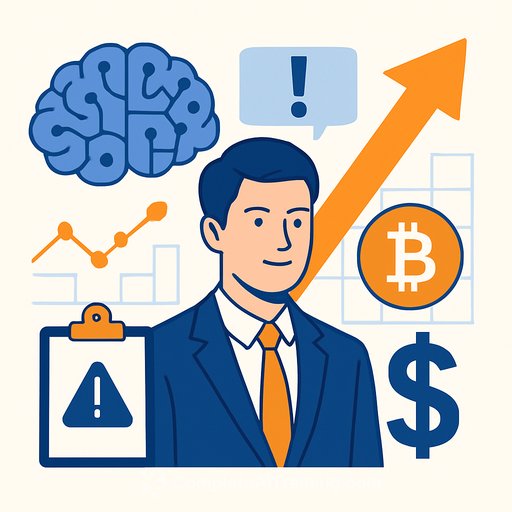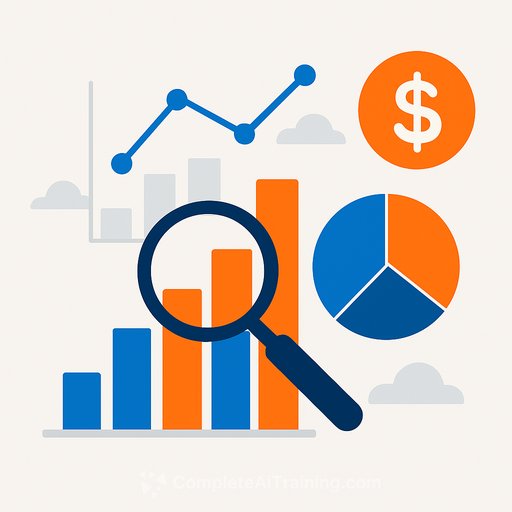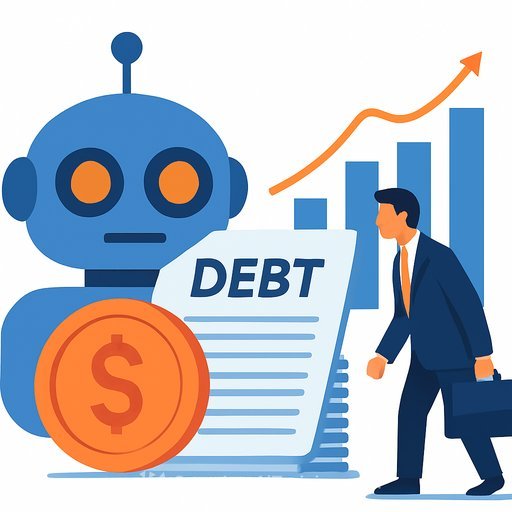AGI, Belief, and Basis Points: What a 23-Year-Old's $1.5B Hedge Fund Signals to Finance
Warnings about an AI bubble are piling up. The IMF and the Bank of England have flagged the risk that a pullback in AI enthusiasm could spill into broader markets. Yet capital keeps rushing in, and the thesis getting funded is clear: AGI is near, and early exposure will be rewarded.
Few case studies illustrate this better than Leopold Aschenbrenner. At 23, the former OpenAI researcher turned a viral AGI manifesto into an investment thesis and built a hedge fund managing over $1.5 billion. He was a Columbia valedictorian at 19, spent time at the philanthropy arm of FTX, had a controversial year at OpenAI that ended in a firing, then published the document that catalyzed his fund. The manifesto picked up significant attention, including praise from Ivanka Trump on social media.
Supporters call him a rare talent who saw the timing, the China race, and the wealth transfer sitting in plain sight. Critics see a novice with no finance track record packaging a story. Either way, belief has become capital. Billions are moving into chips, data centers, and liquid expressions of the AGI bet.
Bubble risk vs. momentum
Global watchdogs are on alert. The IMF and the Bank of England have warned about valuation excess and market fragility tied to AI sentiment. Meanwhile, enterprise adoption is climbing, which fuels the "this time it's different" narrative and keeps flows alive.
How the AGI thesis shows up in markets
- Semiconductors and foundries: GPU suppliers, substrate makers, packaging, and tools vendors tied to capacity ramps.
- Data center buildout: Colocation, specialized REITs, optical networking, liquid cooling, and grid-adjacent infrastructure for rising electricity needs.
- Cloud and model platforms: Hyperscalers, accelerators-as-a-service, inference orchestration, and security layers.
- Commodity and energy linkages: Natural gas, renewables, and transmission upgrades tied to AI-driven load growth.
- Second-order beneficiaries: Enterprise software with AI upsell, chips in edge devices, and services capturing AI productivity gains.
Risk controls if you lean in
- Position sizing: Cap thematic exposure; avoid concentration in one node of the supply chain.
- Pair trades: Hedge cyclicals vs. secular winners; consider legacy IT vendors vs. AI beneficiaries.
- Optionality: Express views with spreads or convertibles to limit left-tail outcomes.
- Liquidity buckets: Keep a cash and T-bill sleeve; size illiquid bets conservatively.
- Macro overlays: Test scenarios for higher-for-longer rates, export controls, and subsidy roll-offs.
- Event risk: Track regulatory moves, antitrust actions, and geopolitical constraints on advanced chips.
Signals to monitor
- GPU pricing and lead times: Tight supply supports margins; easing can flag a shift in bargaining power.
- Data center capex and build schedules: Watch guidance from hyperscalers and key suppliers.
- Electricity capacity and interconnect queues: Constraints can delay deployments and blunt earnings ramps.
- Model economics: Inference costs per token, unit economics for AI-native apps, and usage retention.
- Credit and private markets: Default rates in AI-adjacent startups and VC deployment pace.
- Policy headlines: Export rules, privacy standards, and safety mandates that alter rollout timelines.
What Aschenbrenner's rise tells allocators
One investor summarized his approach as expressing an AGI thesis through the most liquid markets. That framing matters. If belief drives flows, liquidity is the canvas, and tech capex is the conduit. The trade isn't just stock-picking; it's timing belief and managing downside when narratives wobble.
A practical playbook
- Barbell: Keep a high-quality core (cash, T-bills, IG credit) opposite concentrated AI beta.
- Stage exposure: Build positions around catalyst windows and earnings, not headlines.
- Diversify pathways: Mix compute, infra, energy, and software to avoid single-point failure.
- Define exits: Pre-set drawdown thresholds and valuation bands; honor them.
- Stress and backtest: Re-run 2000/2001 and 2022-like shocks against your AI sleeve.
Bottom line
Aschenbrenner's $1.5 billion fund shows how conviction can become a market force. Whether this cycle ends in a bubble or a durable productivity lift, the job is the same: price belief, buy liquidity, size risk, and keep an exit plan.
If you're evaluating practical tools for finance teams to test AI use cases and productivity gains, here's a curated list: AI tools for finance.
Your membership also unlocks:





